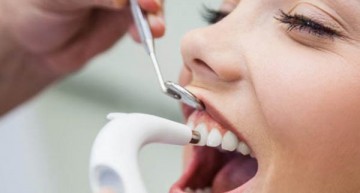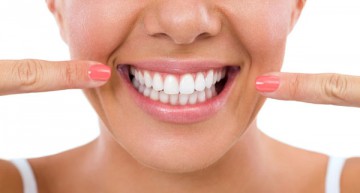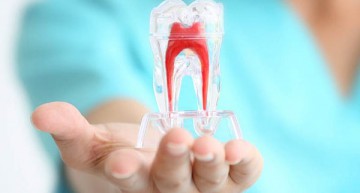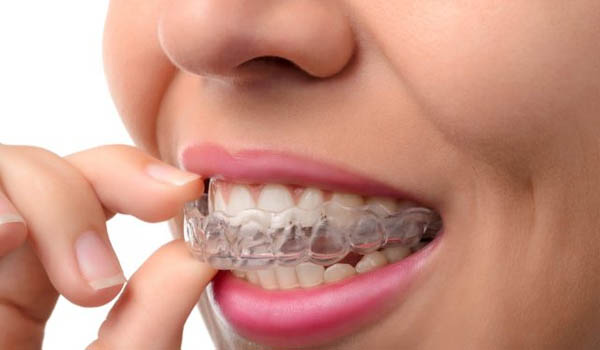
The splints or occlusal guards are removable appliances that some patients must wear on their teeth at night, in order to avoid the damage caused to the pieces due to dental grinding; This type of device is used to prevent or stop the wear, caused by the patient unconsciously, since it is usually at night when the tooth grinding activity is carried out, however some patients must also use it during the day .
There are different types of occlusal guards, recommended for the treatment of hyperactivity and bruxism, both conditions usually occur when the patient is under stress, so unconsciously squeeze the jaws and rub the teeth between them. The splints allow the temporo-mandibular joints to have a more stable joint position for some time; it is a reversible and non-invasive treatment, useful for temporo-mandibular disorders; They are also recommended to help reduce and normalize the abnormal muscle activity of the patient’s jaw, so that they do not wear their teeth.
The occlusal guards are made with hard or soft material depending on the patient, it can be placed on both the upper and lower teeth, although it is not advisable to place it on both at placed or extracted by the patient, we can use it at night during sleep or during the day; The success of the treatment depends on the type of device chosen, its manufacture, the adjustment and the commitment of the patient to use it. As it is a reversible treatment, it is only effective while it is worn, where we as dentists will indicate in detail how to introduce, remove and clean it.
Choosing the appropriate occlusal guard for patients is our job as dentists, assessing their needs based on the complete medical history, physical examination and diagnosis, identifying the cause of the disorder and the best type of care for your case; These are made to measure with a specialist in dental prostheses, who performs the device taking into account the patient’s teeth and soft tissues, such as gums and tongue.
Types of occlusal guards
The most common types of occlusal guards are those of muscle relaxation and anterior repositioning; the first are indicated when the patient needs to reduce their muscle activity that causes bruxism and that can generate wear, broken pieces and articulation problems among the most important, while the second is used to modify the position of the jaw when it is removed to the skull. However, there are more types of occlusal guards, for example, anterior bite plane, posterior bite plane, pivot point and the soft or aesthetic plane.
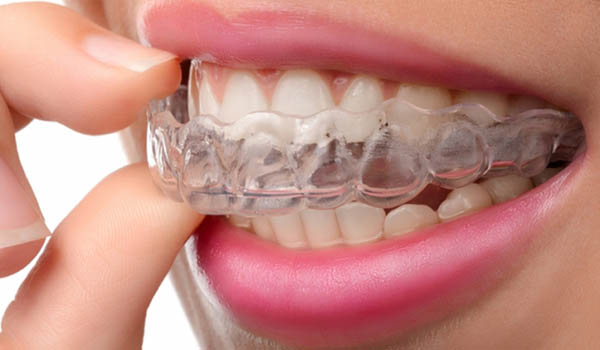
Advantage:
- It allows us to make an accurate assessment of the cooperative attitude of the patient. (some patients simply cannot be treated).
- It allows to evaluate if the patient can be treated successfully, before preparing any tooth.
- If it is decided not to carry out the occlusal reconstruction either by the patient or the dentist, the occlusal guard can be discarded and no damage has been done.
- Patients of low economic power can be kept in good conditions for periods of indefinite time. Some patients will be motivated in the sense of finding an economic solution to be treated by an occlusal reconstruction
- Patient with physical risks can be kept asymptomatic.
- The C. Dentist can observe the progress or the lack of cooperation and desire of the patient to carry out an adequate home care.
- Reduce the number of remounts
- Patients with transient emotional problems tighten their teeth, causing dysfunction problems in the TMJ. By means of the occlusal guard they will be helped while passing through the critical period. At the end of the emotional crisis they will not clench their teeth and therefore they will not need the occlusal guard.
- It makes it easy to take the centric relationship records.
- It is a means of diagnosis (difference between ATM dysfunction caused by malocclusion due to generalized arthritis).
- It allows us to make the treatment plan with enough time.
Disadvantages:
- It requires great care in the adjustment in the mouth.
- It requires frequent visits to correct the occlusion:
- The patient should return every 3 to 5 days in the first 2 weeks, depending on the symptomatology.
- After the initial 2-week period, the patient should be seen weekly until the occlusal changes are minimal.
- Then the patient should be checked every month. At least 2 months should pass without any changes in the occlusion before starting the definitive treatment.
- It is easily lost
- The centric relation occlusion should be refined with at least a tolerance of .001 “(the thickness of the cellophane paper of the cigarette packs). The anterior teeth from lateral to lateral should have a virtual space of .001 “at the moment of maximum intercuspation with centric relation (centric relation occlusion).
- Potential decalcification (when used for a long period).
- It can fracture with relative ease.
- It should be monitored that there is no contact of the anterior teeth with the guard in the first 2 weeks.


